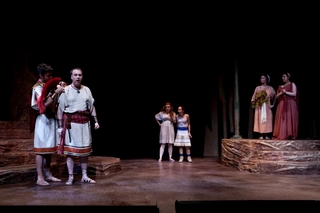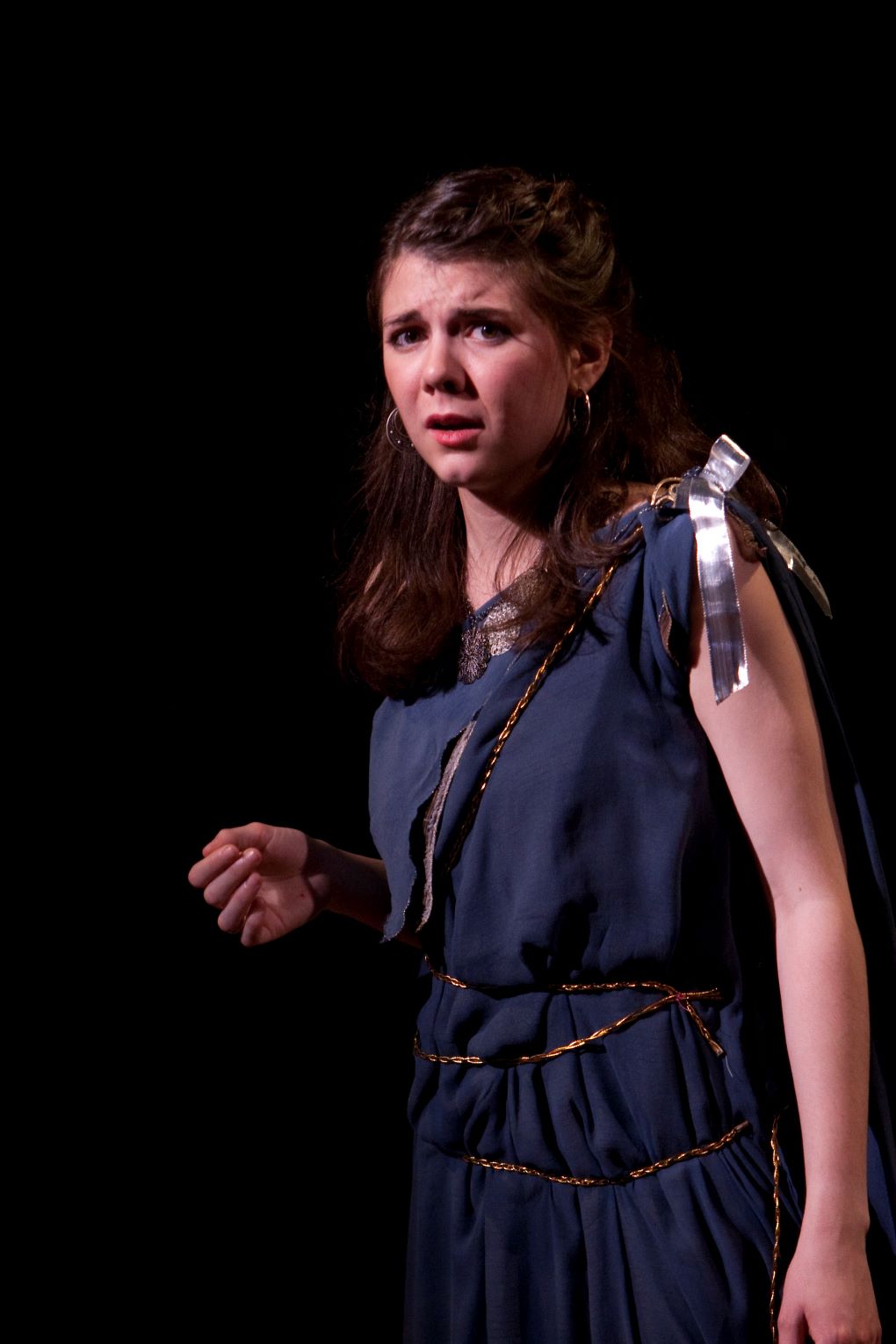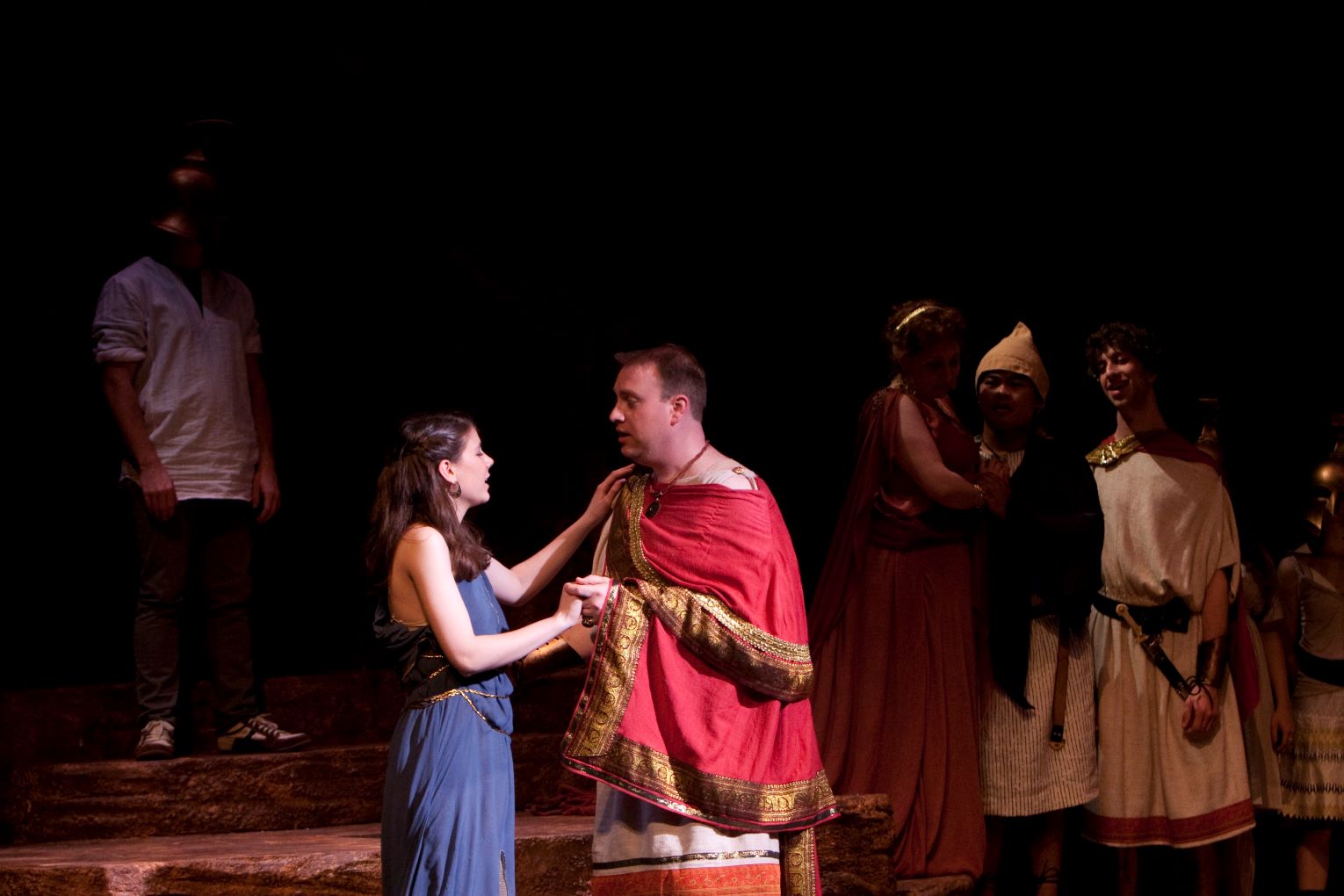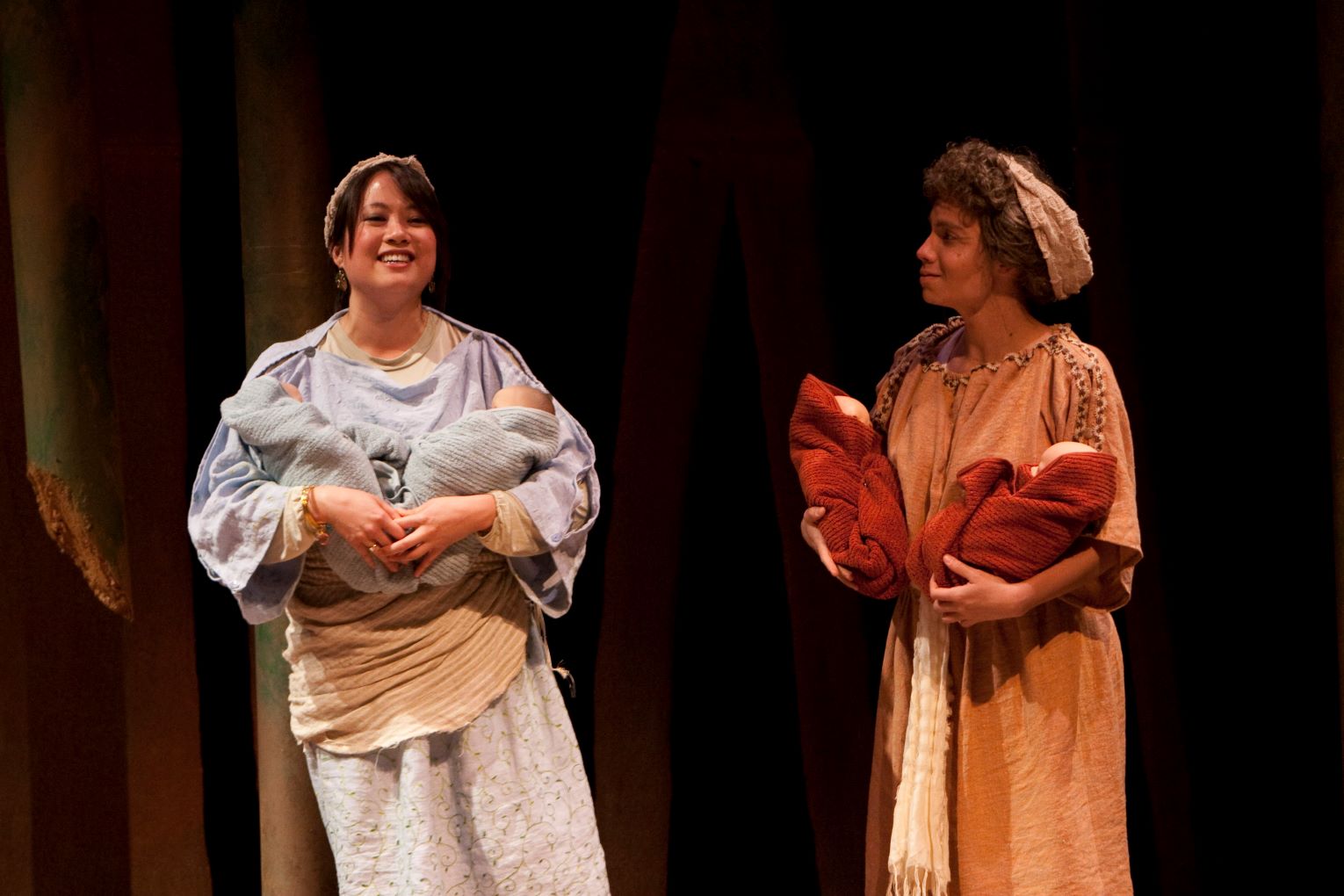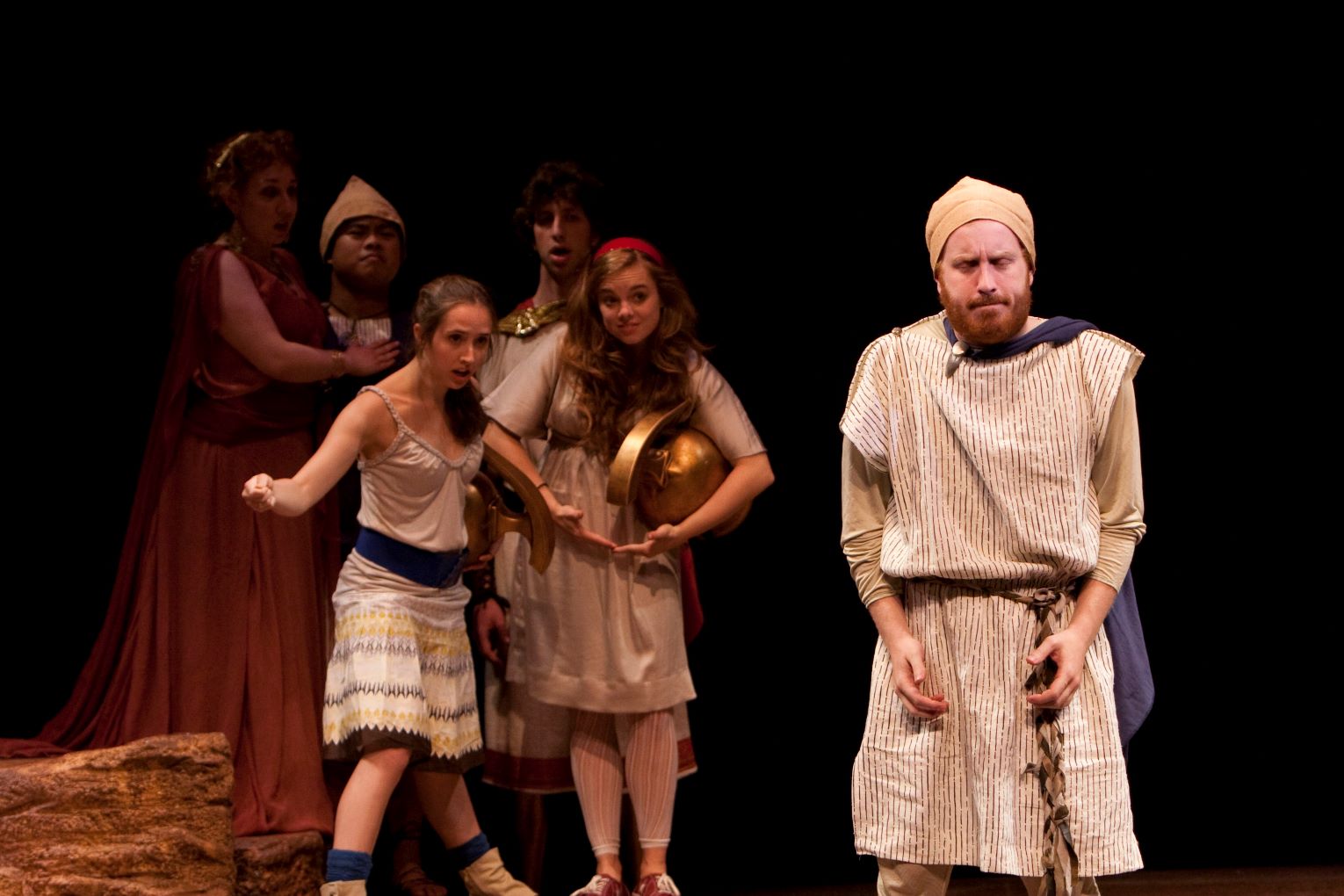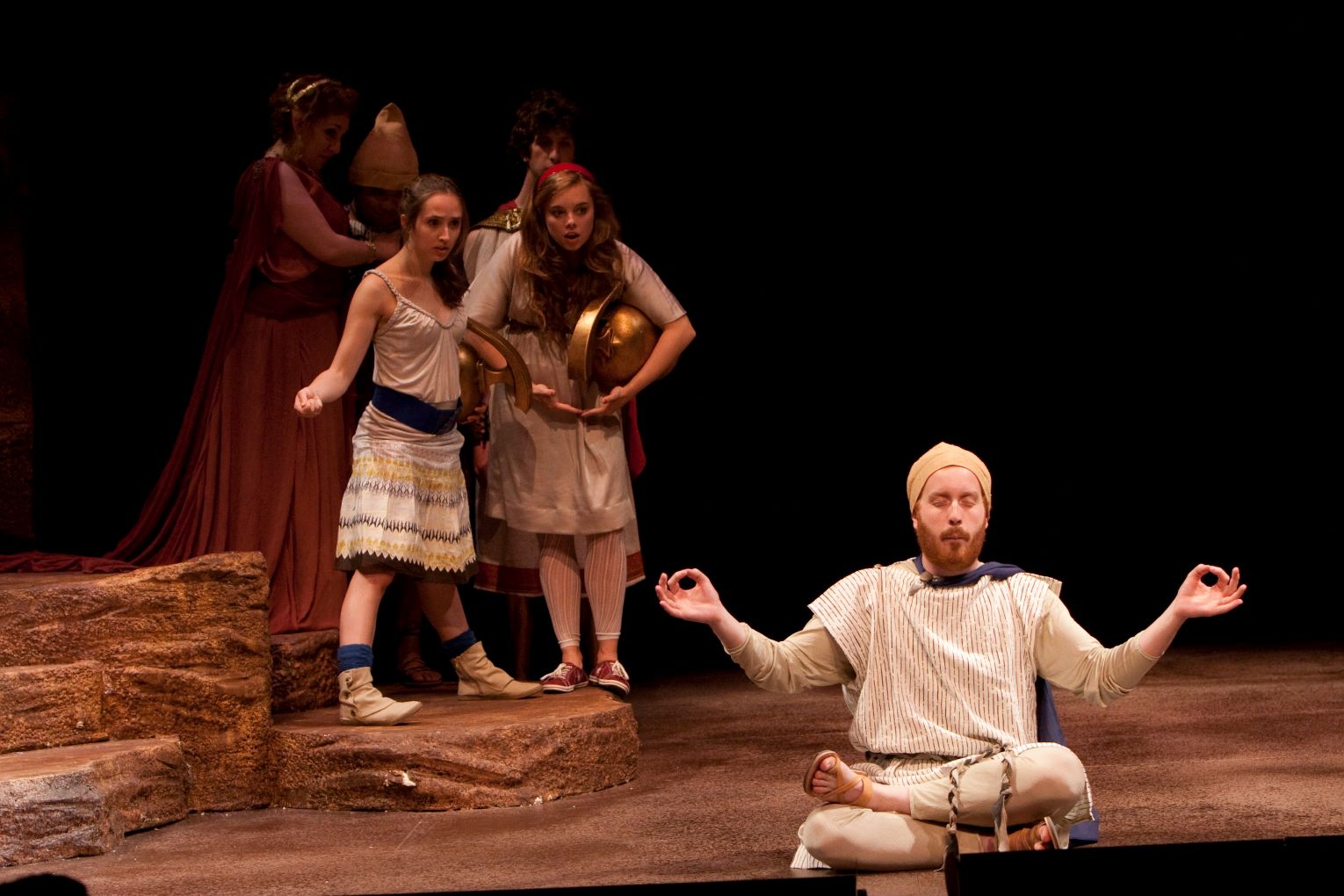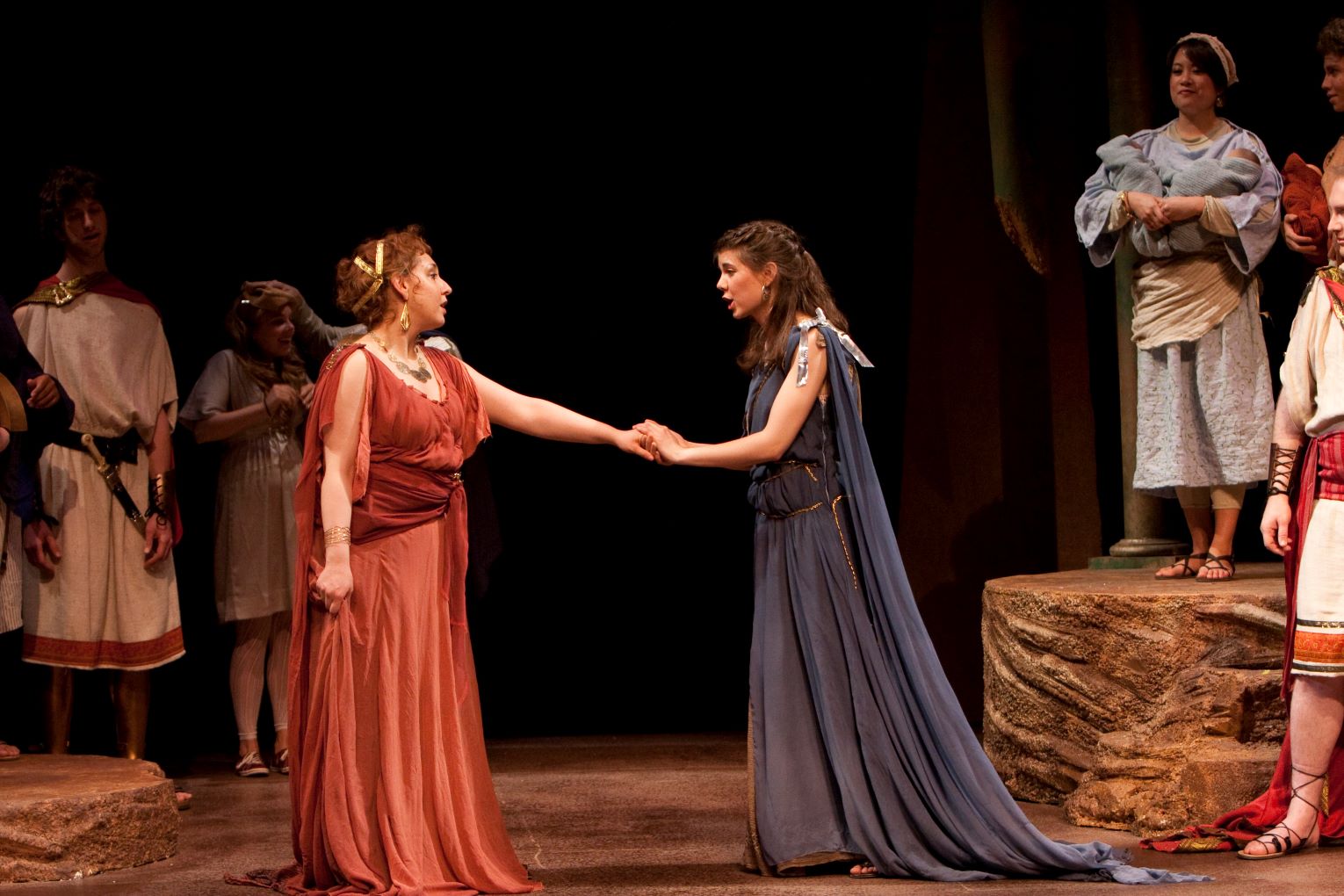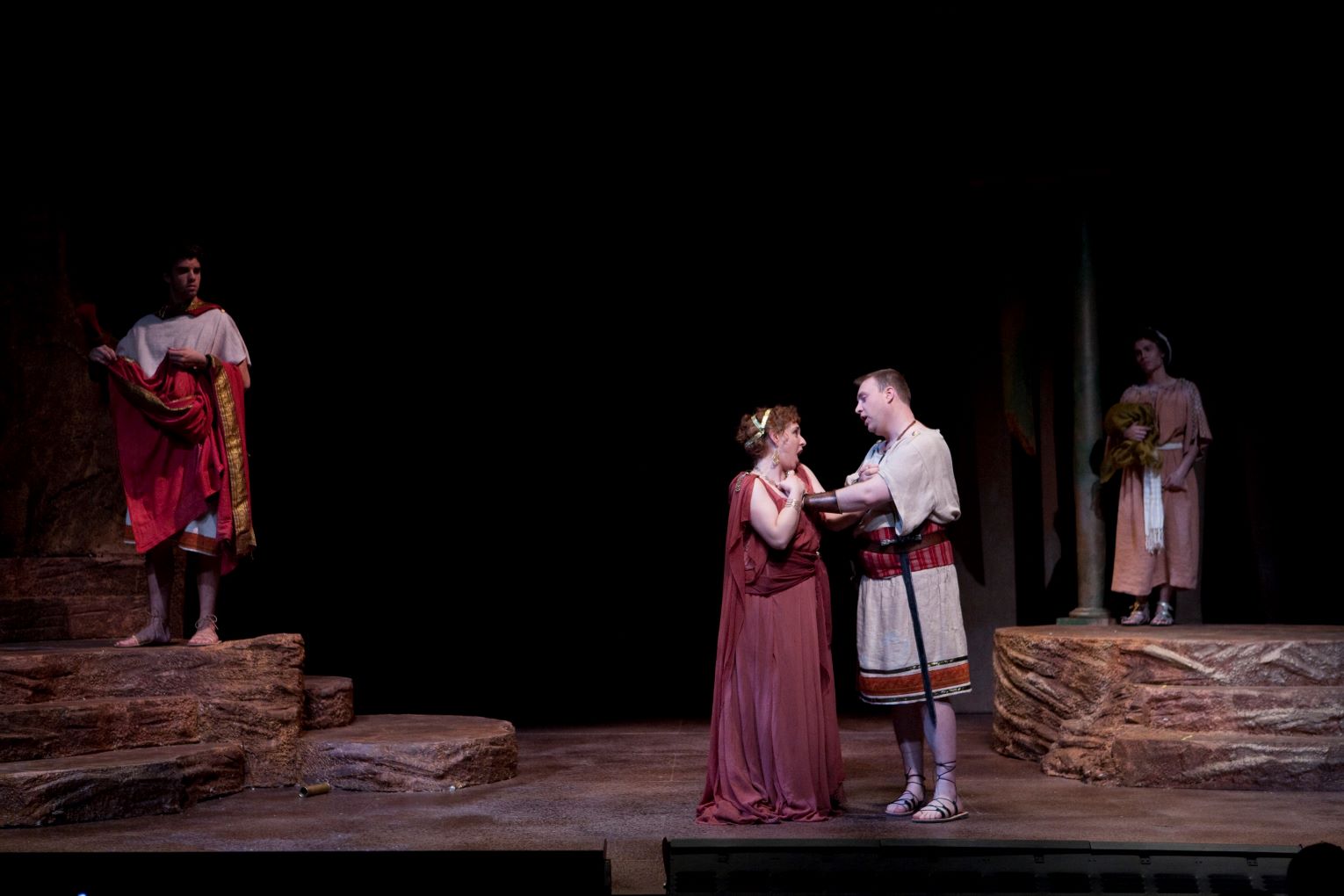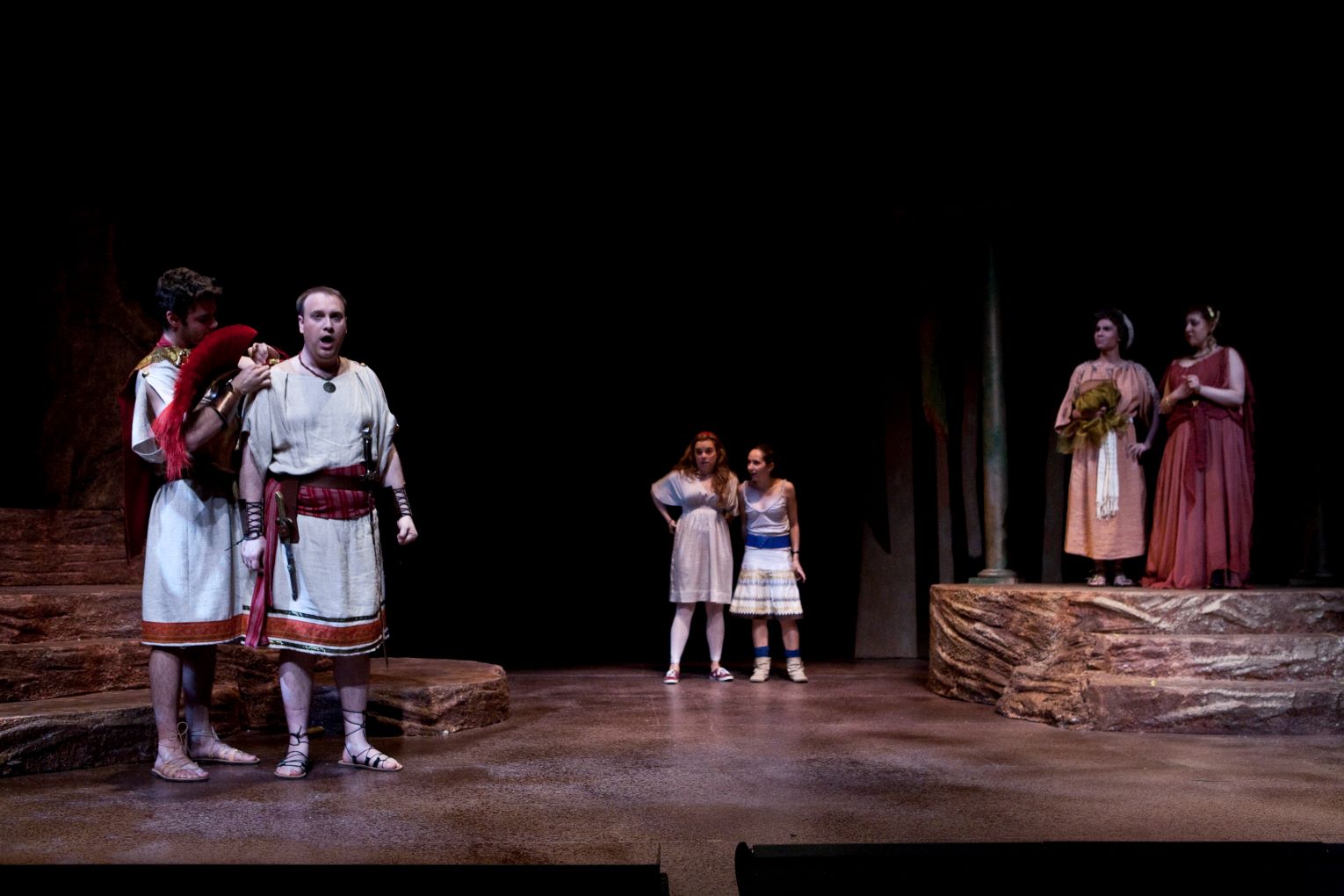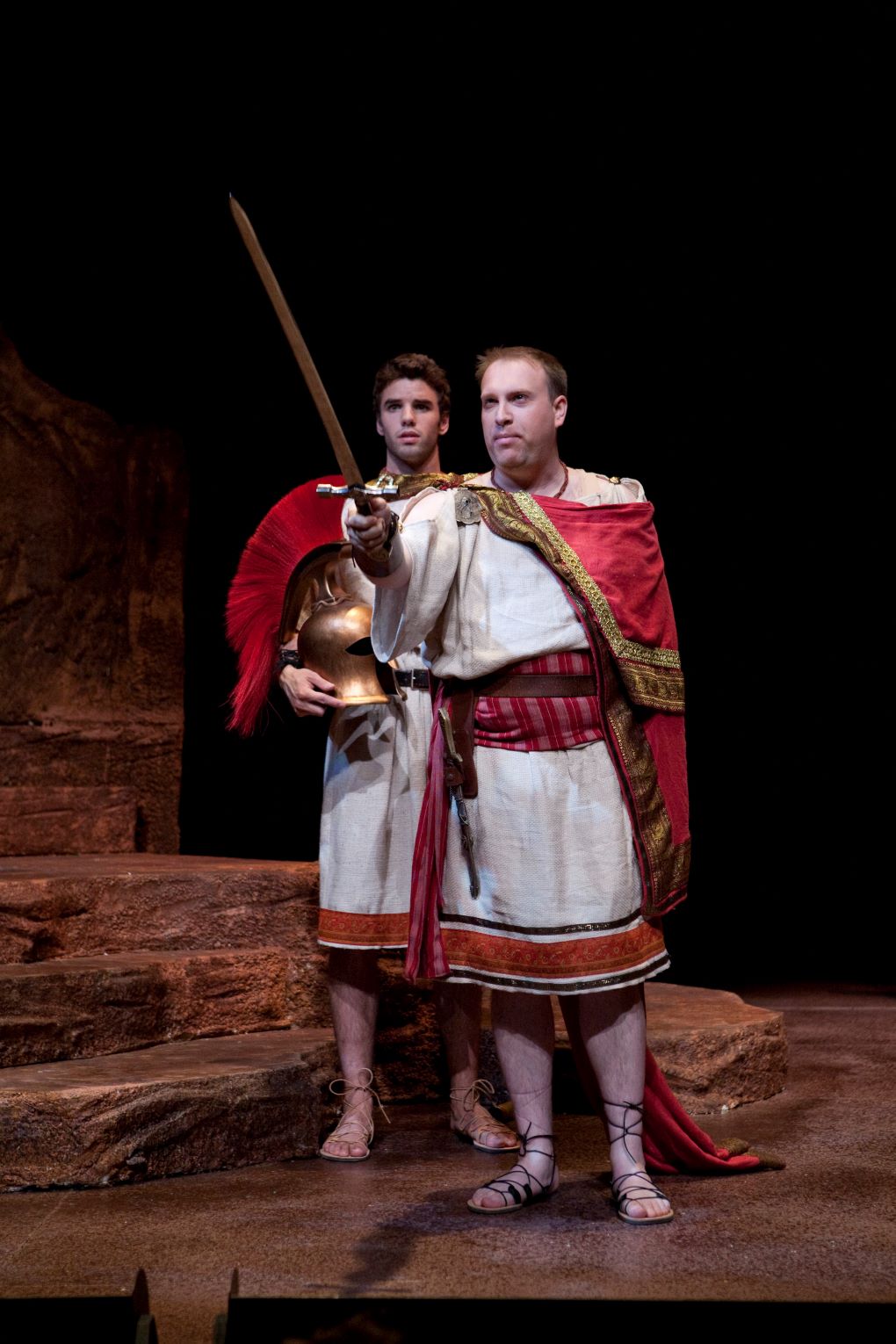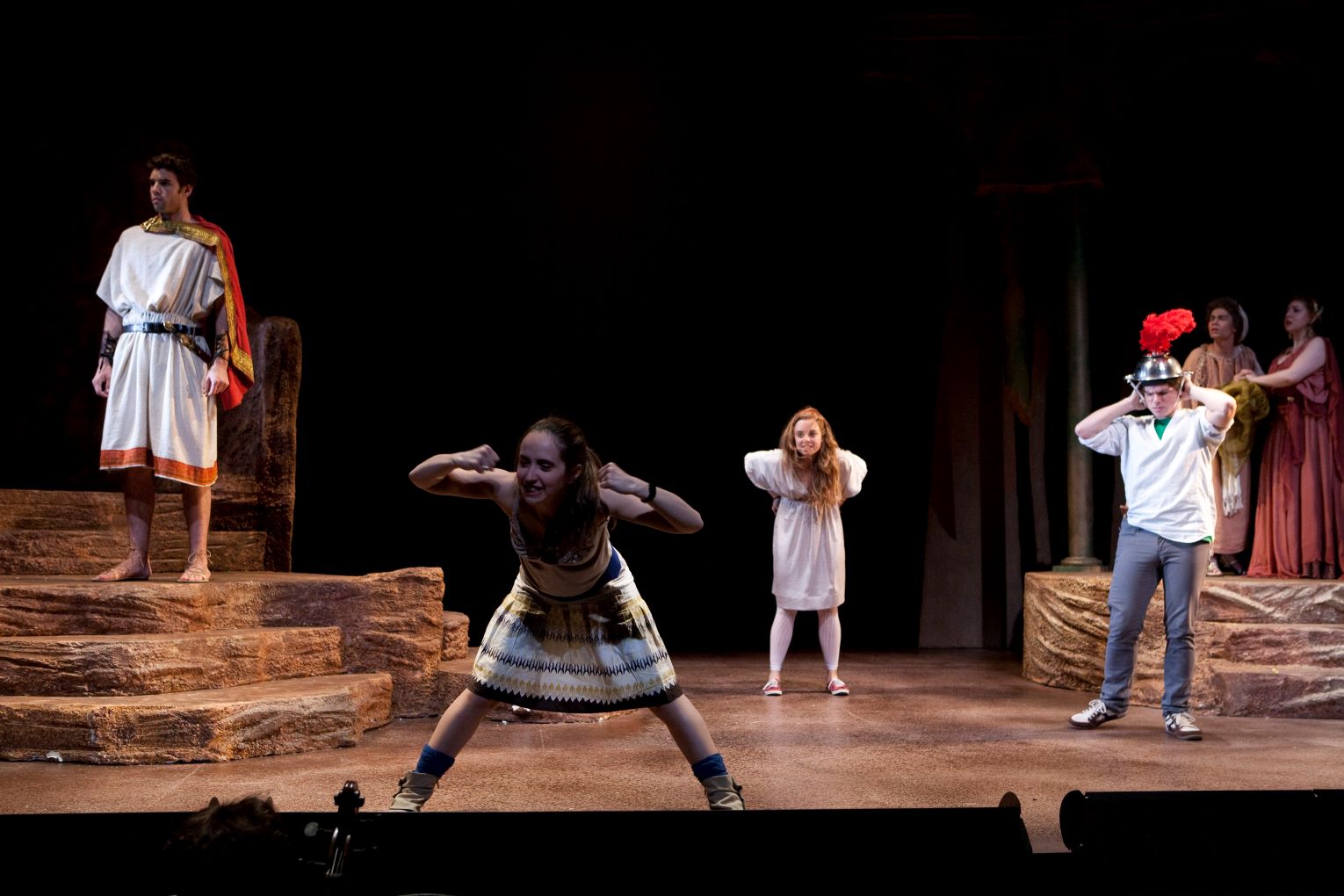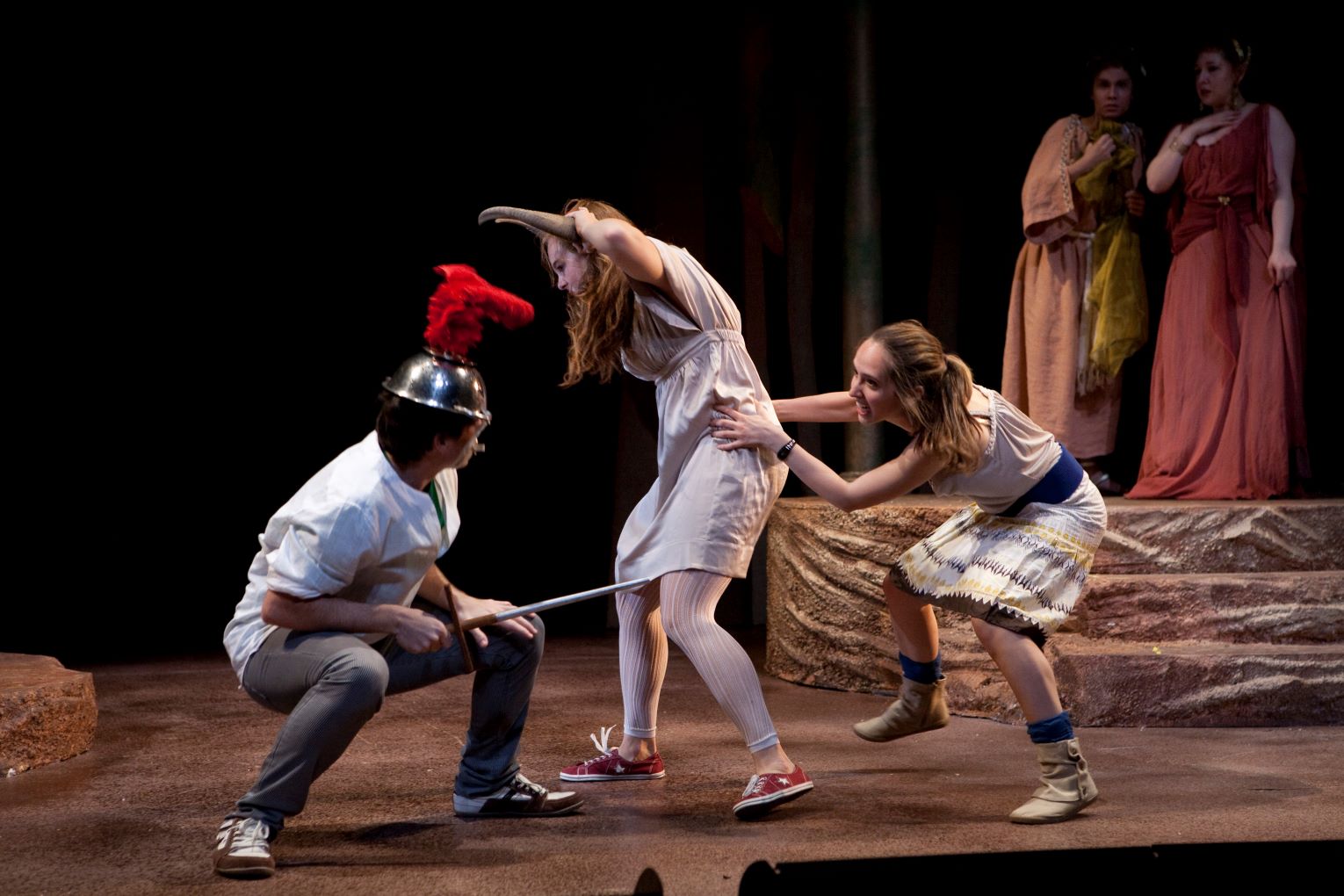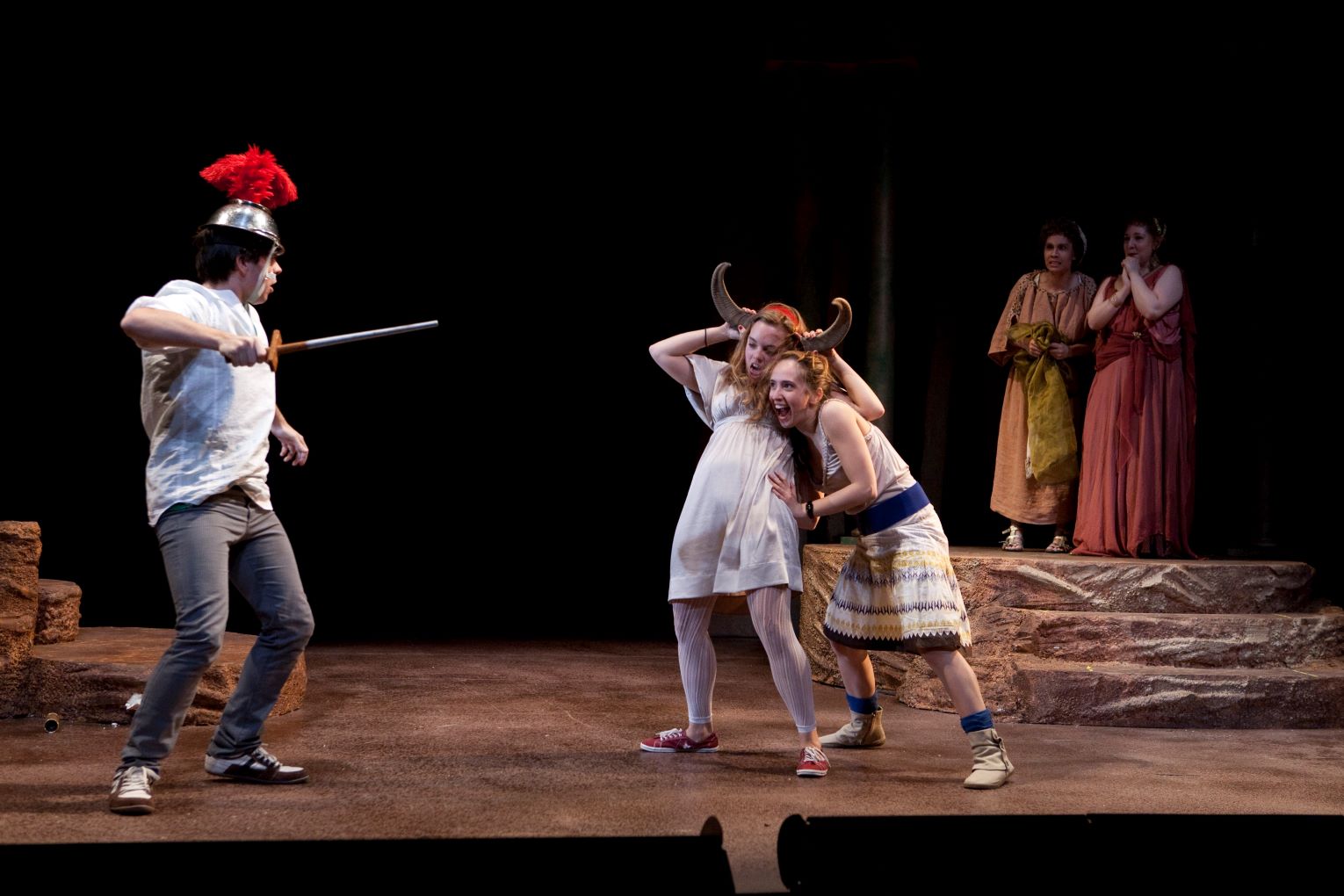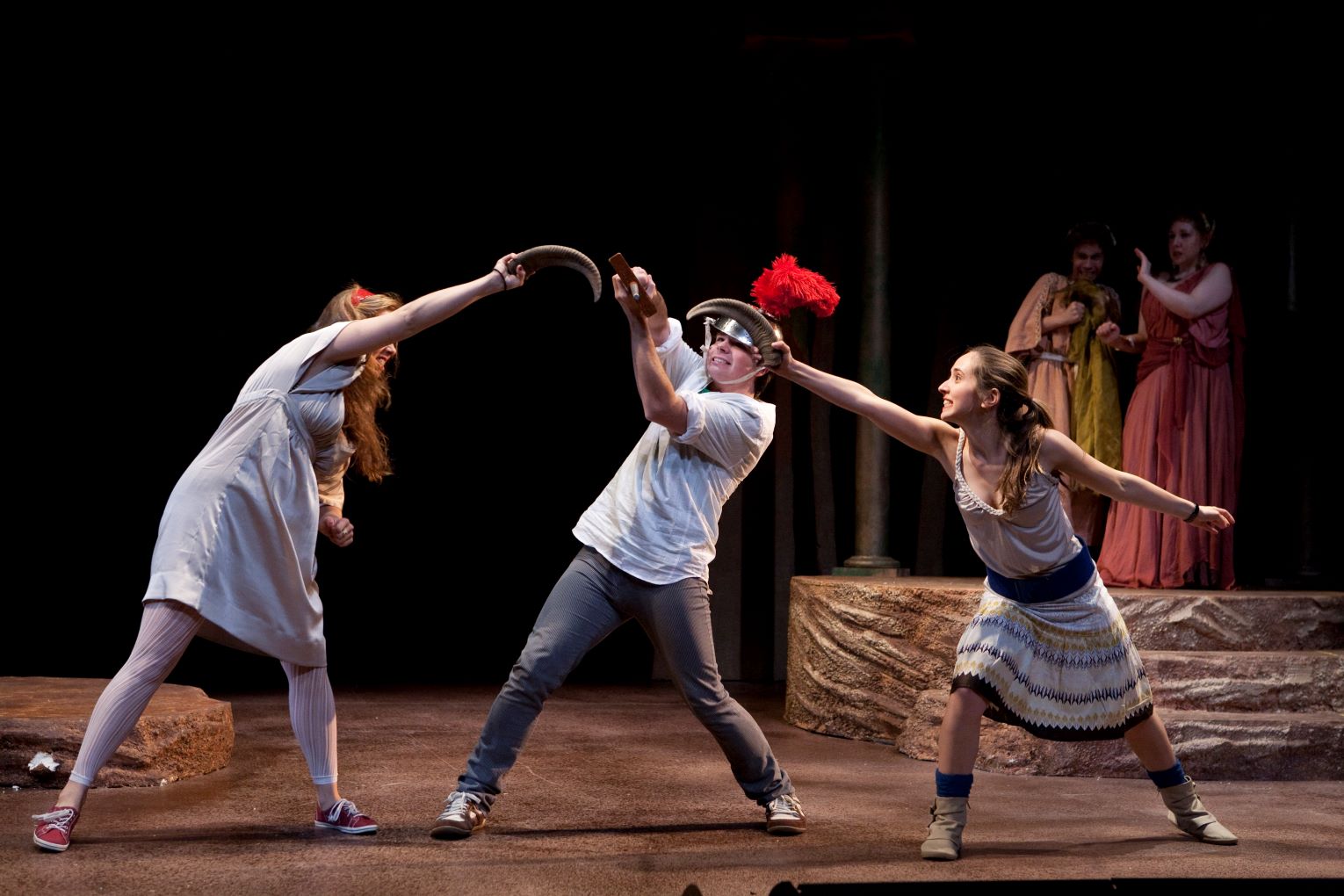Francesco Cavalli’s La Calisto is the ninth opera produced by YBOP since its founding six years ago. It is also our third Cavalli opera; the others were Il Giasone and Scipione Affricano, performed in 2009 and 2011 respectively. Cavalli, perhaps the most worthy disciple of the great Venetian composer, Monteverdi, is credited with having established the genre of opera in seventeenth-century Venice. In a career that spanned nearly three decades (1639-1668), he supplied new operas annually for a variety of theaters.
La Calisto, first performed in 1651 in Venice at the Teatro Sant’ Apollinare, is based on a libretto by Giovanni Faustini, Cavalli’s most important collaborator and the first writer in history to have identified himself specifically as a librettist. In their ten collaborations, written quickly to satisfy a steady demand, composer and librettist developed a set of musico-dramatic conventions that facilitated composition and smoothed the way for the further development of Venetian opera.
These conventions affected every aspect of the text and its musical setting: from choice of subject matter and characters, to plot structure and the form of the poetry; from the associations between characters and vocal ranges and the role of the orchestra, to the distinctions between recitative and aria.
Cavalli and Faustini’s conventional plots—borrowed from the traditions of comedy—revolved around the romantic misadventures of two pairs of noble lovers, attended by assorted comic servants of a decidedly lower class, who, through various complication sand coincidences are separated and then reunited at the last moment. Once established, this pattern was to last until the very end of the century.
In La Calisto, one of their only two mythological dramas (the rest are mostly romances), composer and librettist preserved the standard formula with great skill. In order to adhere to his conventional plot structure, Faustini cleverly mixes parts of two essentially unrelated mythological episodes involving the chaste goddess Diana. The first is the Ovidian myth of Calisto, in which the nymph is seduced by Jupiter disguised as Diana (the original myth continues with Diana’s discovery of Calisto’s pregnancy and her expulsion from the band of nymphs, though this part does not figure in our libretto). The second is the story of Endymion, based on a number of different sources (Sappho, Pausanius, Cicero), whose love of Diana is reciprocated by the goddess, though sources disagree as to the nature of that love. From these episodes, Faustini creates his conventional double pair of lovers—Jupiter and Calisto, Diana and Endymion—who are attended by two stock comic characters: Jupiter’s buffo servant Mercury, and Calisto’s young confidante Linfea, who flirts with a young satyr. In addition, he milks the mythological sources for two further characters—Juno and Pan—who act as counterfoils to the two couples, further complicating the unravelling plot. Faustini plays with the expectations of his audience by exploiting the implications of Jupiter’s disguise. Neither Calisto nor Endymion can tell the difference between the real and the false Diana, and this creates delicious complications, as you will see.
The opera incorporates a number of the most popular musico-dramatic conventions of the time: Cavalli’s setting of sleep scenes (Endymion), laments (especially Calisto and Endymion), love duets (both couples), and bawdy comic songs and dialogues (Linfea and Satirino) are some of the most memorable moments in the score.
Unlike most of Cavalli’s operas, which have rarely been heard since the seventeenth century, La Calisto has enjoyed dozens of productions, following on the highly successful Glyndebourne performances of 1970 under the direction of Raymond Leppard. It is one of the ironies of music history that this work, Cavalli’s most popular in our own time, was originally a flop. The reasons for this were probably more practical than artistic. To begin with, the primo uomo died shortly before the première, and the score had to be cut and pasted to accommodate a new singer with a different range. But that was not all. The librettist, who may have also doubled as stage director, succumbed to the same fate just a few weeks later. Whatever the cause, La Calisto was probably the least successful of Cavalli’s thirty operas. It received only eleven performances, some of them before audiences of just over 50 (in a theater with 400 seats). Indeed, another Cavalli opera performed at the same theater later in the same year received more than twice that number of performances, with audiences in the hundreds for most of them.
Clearly, though, as our opera’s modern reception has proven, and as I hope you will agree after seeing it this evening, the original failure of La Calisto could have had little to do with the quality of the work. The cleverness and hilarity of the libretto and the sensuality of the music combine to produce a theatrical entertainment that goes a long way toward explaining the phenomenal success of opera in seventeenth-century Venice.
— Ellen Rosand
